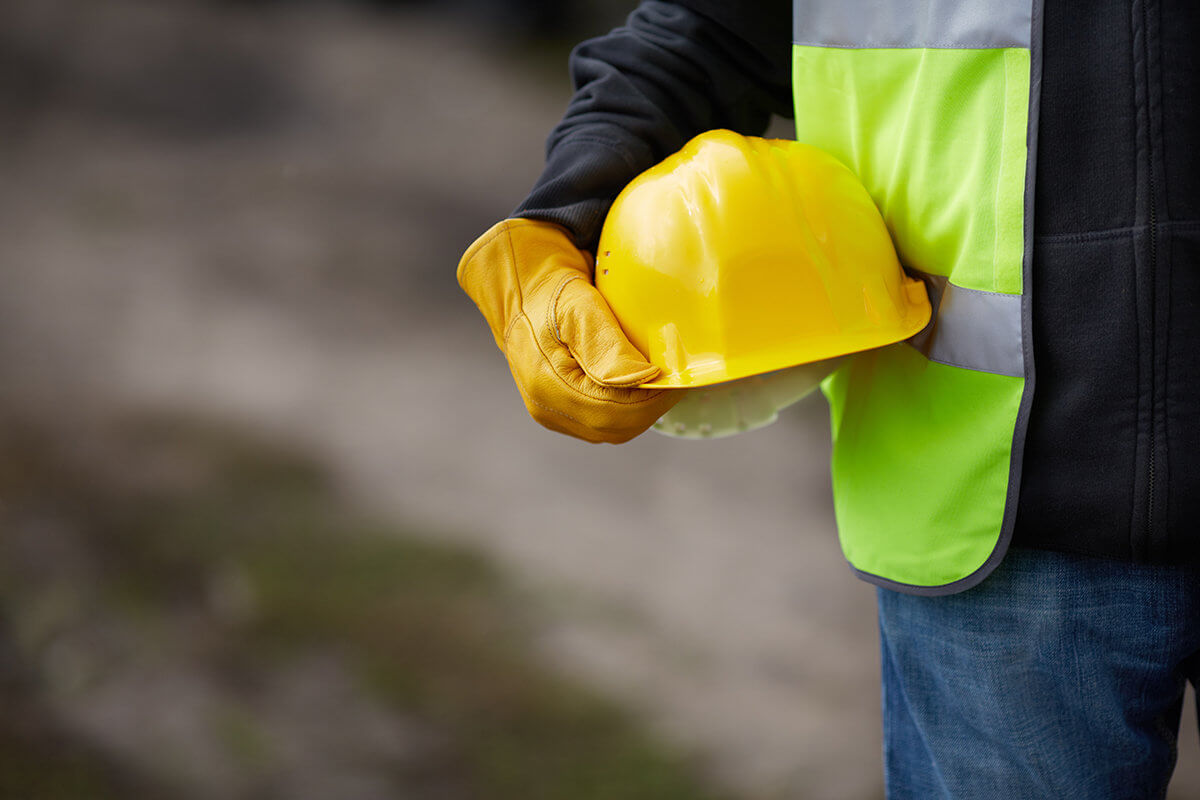Accidents happen. Excavators are stable, reliable pieces of equipment, but conditions at work sites are not always ideal, and under certain circumstances they can slip, topple, and fall.
Take for example a story from earlier in the year, when a man nearly died after his excavator slid into a dam as he was working with it, trapping him almost completely underwater for two hours, until help finally arrived. Understanding the risks that excavators pose is important in avoiding these kinds of accidents.
Hazards of operating an excavator
There are a couple of common hazards that anyone using an excavator should be on the constant lookout for:
1. Overloading the excavator
This can happen most commonly when using the machine in crane mode, and can lead to a weakening of the excavator structure, in turn becoming a health and safety risk.
2. Not understanding how to properly use the excavator
Misuse from inexperienced operators is one of the most common safety risks with regards to excavators. This is not just a risk to the operator; it is not uncommon for pedestrians or other vehicles to be hit following poor control of the excavator on public roads.
3. Power lines
Underground power lines are an obvious concern for those using excavation equipment. To avoid problems, call the power company to get a detailed understanding of where those are before commencing a job, but if a job is within 10 metres of overhead wires, these need to be carefully monitored, too.
These risks need to be taken seriously. Over a period of three years in NSW alone, over 140,000 people have been injured by improper use of machinery. Of those, 5,800 were permanently disabled and 121 died.
How to manage these risks
Though accidents happen, the potential danger when those accidents happen on a construction site, as outlined above, means that doing everything you can to minimise the risk is absolutely essential. There is a process that you should work through before each and every construction job, especially when machinery like excavators are concerned.
1. Assess the operator
You need to assess whether the person that will be operating the machinery is familiar enough with it. Each manufacturer’s machinery will be slightly different in operation. Have a discussion with whoever will be operating the machine before they start, and make sure they’re comfortable with the contents in the operator manual.
2. Survey the work site
It’s necessary to survey and analyse the conditions that the machine will be operating in. If an excavator needs to work on a slope or soft ground, for example, it could be at risk of slipping or sliding. If the conditions are difficult, consider how to minimise the risk while operating the machine.
3. Assign a supervisor
Make sure there’s a safety person around at all times. Never work with machines by yourself. No matter how comfortable or confident you are in the machine, if an accident does happen, you’re going to want to have someone around that can immediately respond.
What to do in the event of an accident
If an accident does happen, responding quickly and calmly is key.
1. Clear the area
If someone can be safely evacuated from the immediate area, then do so. Not only for their own safety, but so that they’re out of the way of any response efforts. Once the area is clear, set up a perimeter so that people know not to enter.
2. Quickly assess the extent of the accident
Before you do anything else, check and see what, if any, injuries or damage has been done, and gauge roughly how extensive this is.
3. Administer first aid
If you know first aid, than administer it yourself, otherwise, ask those nearby to help. If you’re not administering first aid deputise yourself and follow any instructions given to you.
4. Immediately call for help
Emergency services will want to know how high-risk the area is following the accident, the nature of what is going on, and whether there have been any injuries or fatalities.
5. Check for live wires
If the accident involves power lines, then call the power company to get a qualified electrician to de-energise the circuit. It’s important that anyone in a vehicle at this point does not leave it, unless there’s a fire or the immediate threat of one (eg, the smell of petrol). Disembarking from the vehicle at this point could cause electrocution as current travels through the ground.
6. Contact the equipment supplier
Once the immediate danger is passed, contact the equipment supplier to let them know what has happened, and whether you should be aware of anything else about the equipment that might prove to be a hazard following the accident.
Most importantly, it’s critical that you’ve got a specific plan for dealing with accidents across the entire team on the job ahead of the commencement of it. Each person should know how to respond if something should happen, and it’s a good idea to roleplay the response plan out at least once beforehand.
For more information on how to handle an excavator properly, the friendly team at Solution Plant Hires can give you everything you need to know to work safely at all times.




